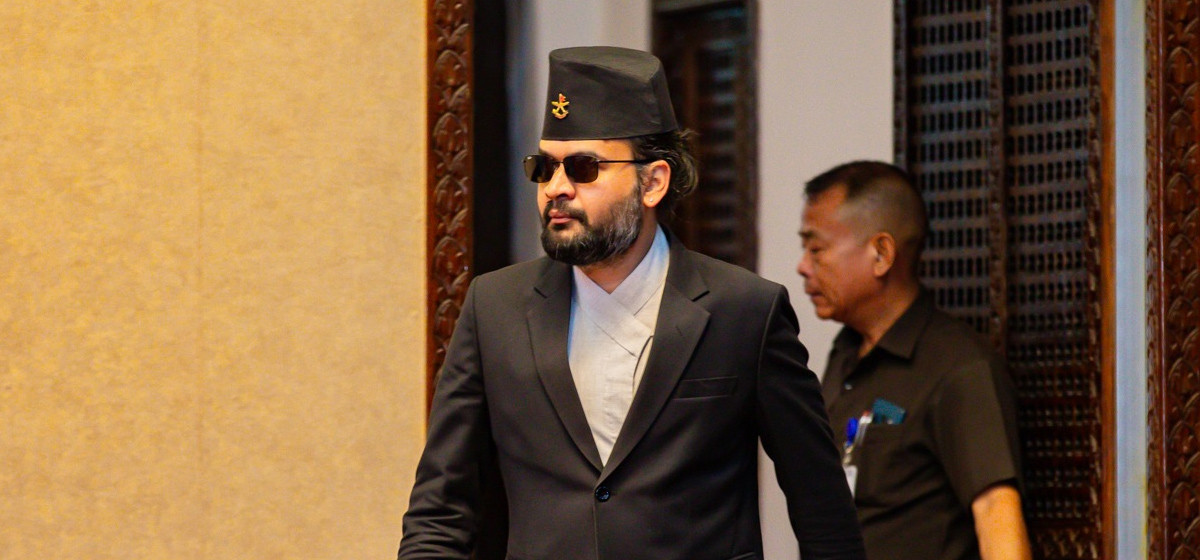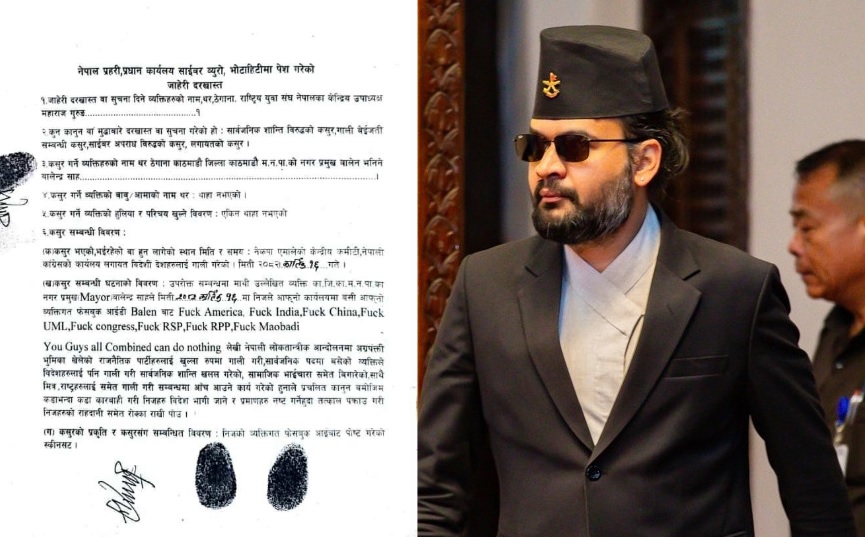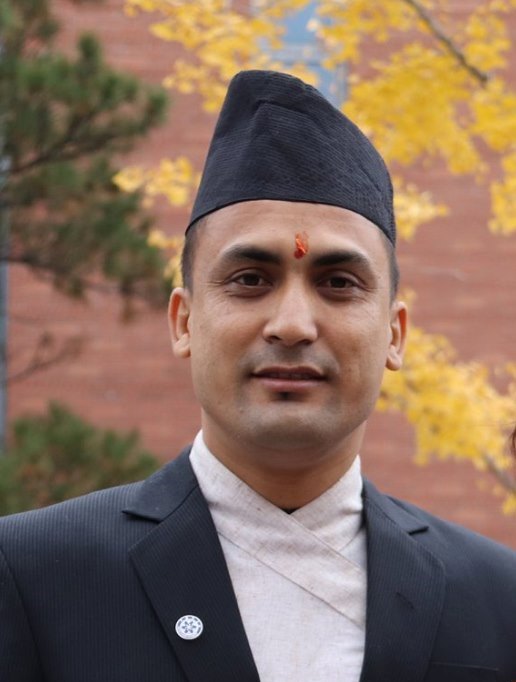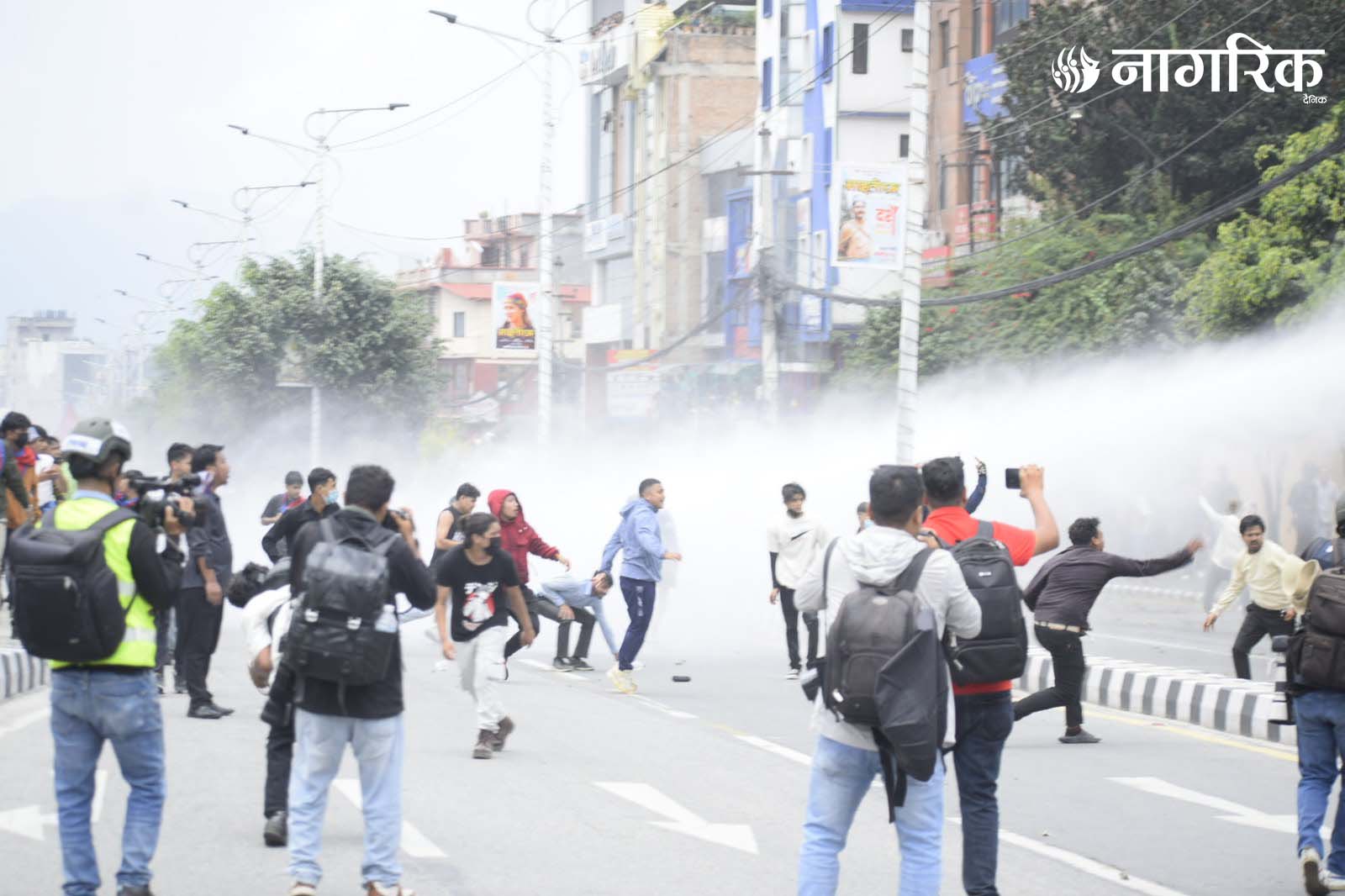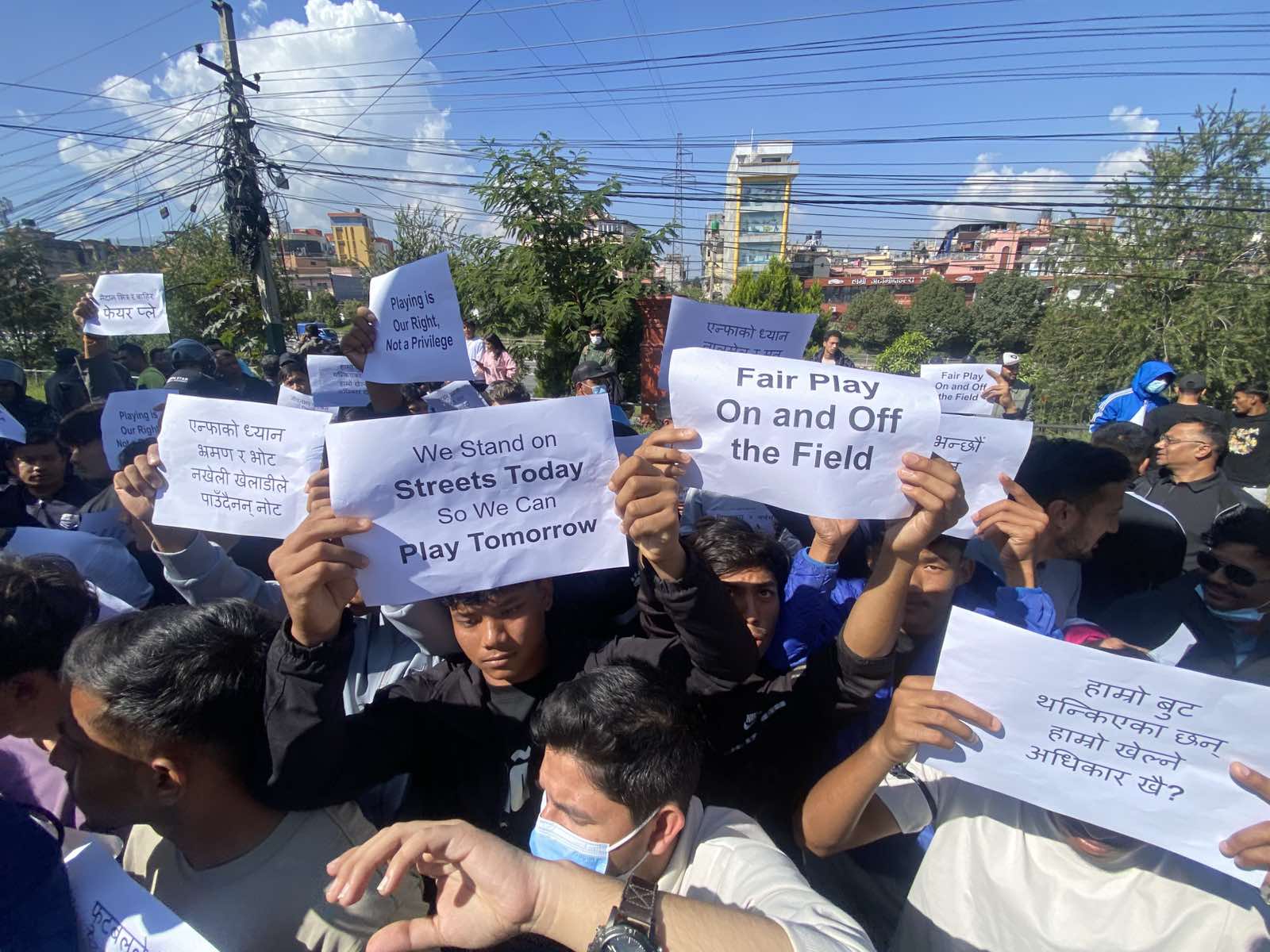He was a migrant laborer, in his early 40s, from a village in Bihar working in construction initially. He had quickly risen to the rank of a contractor in Kathmandu. Lured by his passions, he had led the enamored stone chipper in her teens to his den one afternoon. Never mind that she was below sixteen, the stipulated legal age of consent in Nepal. What did either of them know of statutory rape anyway? For him, she was a ripe female with plump red cheeks, girlish giggles, and wide eyed curiosity. For her, he was the powerful contractor who had singled her out in his attentions and affections. There was no room to conceptualize the tryst, for either of them, as rape, even if the act was mutually consensual. When the seduction resulted in a swollen belly for the girl, she and her family gratefully accepted his offer to marry her. For them marriage stamped approval, both socially and psychologically, to the legally criminal act. It somehow exonerated the man from his abuse and exploitation of her youthful gullibility. Their gratitude to him was all the more vigorous because he took her on despite an existing wife in his village in Bihar and three children almost the same age as the girl he was now marrying. The end justified the means in this case, and when the girl came to work for an acquaintance’s family, ten years and two children later, she recounted this story to me with an air of nonchalance that was as deeply disturbing as it was deplorable.
To a discerning eye, it is clear that both incidents in this woman’s life are examples of what constitutes Gender Based Violence (GBV). I can anticipate some of you nodding your head in agreement and perhaps in recognition, and many of you raising your eyebrows wondering what on earth this means. This pattern of reaction is not surprising because though the practice of GBV is considered the most enduring form of human rights abuse globally, it remains the least recognized. Surprised? Let me explain. If I were to say to someone, “That man beats his wife” or question “Why does that woman always find excuses for her son to yell at his wife?” the most likely rejoinder would be “Ok Einstein, brilliant discovery – now stop stating the obvious.” In fact, I have met with plenty of such responses. The “obviousness” of such practices is precisely what makes them so prolific across the social, educational, economic, and national divides. Of course, they are more frequent and widespread in the developing world (as exemplified in the case of the working class woman and the migrant laborer) where the power dynamics between the sexes are much more pronounced and disparate than in the industrialized/developed world. It does not imply, however, that such practices are confined exclusively to the less developed world. The material point is that they are so seamlessly integrated into the social fabric of most societies that they have become “obvious” and “acceptable”, setting up an almost impervious barrier for meaningful interventions and public discourse on the unacceptability of such practices.
But what is Gender Based Violence really? Let me begin by dismantling the terminology first. Notwithstanding various definitions of violence, I propose a simple one. Violence, when stripped of all the complex understandings of it, is violation. A violent act violates – denies, deprives, demolishes – a person’s fundamental human rights. In actions like beating, burning, acid throwing, stoning, genital mutilation, and rape, among a myriad others, the physical violation of a person is more overt in the form of bruises, burns, disfigurements, and other “visible” marks. These practices, by virtue of their physical manifestations, are most commonly and more easily identified or categorized as violence. However, less apparent forms of violence, carried out more discreetly, more subtly, and usually over a prolonged period are plentiful, often well concealed, and possibly more frequent though less reported. Dowry related threats, sexual molestation (not necessarily penetrative rape) in many cases by familiar and trusted people in a person’s life, forced sex work to support the family economically, persistent verbal abuse and bullying, constant denigration, devaluation, and demoralization of a person’s ideas and opinions are some examples. Whether blatant or subtle, the resulting negative effects can be profound and long-term for the victim.
I dislike using the term “victim” because of its disempowering connotation, but that is exactly the goal of gender-based violence – to victimize the other person. GBV adds to violence the gender component in which the violence is directed primarily toward women and perpetrated by both men and women based on enduring negative gender stereotypes. The act functions as an instrument of control over the “victim” and thus accomplishes its objectives of disempowerment and domination. The gender component, however, does not just address power disparities in male and female relations but also encompasses other forms of social inequalities such as those between children and adults, and heterosexuals and sexual minorities, among others. In the scenario I presented at the outset, GBV is played out on two different dimensions – first, there is the all too familiar domestic violence where wife-beating is symbolic of male authority and convoluted masculinity. In the second scenario, the exploitation of the young teenager and technically a legal minor by an older, more powerful person, and her subsequent abuse through statutory rape grossly misconstrued as consensual sex, is a less perceptible form of GBV. The violence she went through did not leave visible markers. But the pregnancy and its attendant physical strains at a stage in her life not necessitating and certainly not ready for it are conclusive markers of the violence performed on her through the violation of her rights as a child/legal minor, particularly her rights to protection from abuse and exploitation and to education, among others.
Reported incidents globally indicate that men take the lead in committing GBV, which is not astounding given the deeply entrenched vertical power structure between men and women in most societies. However, it will be highly biased and even inaccurate to place the blame entirely on men. Women do, in many cultures, assist in perpetuating the subordination of females by socializing their children into negative gender norms. A child learns immensely from observation. When negative ideas presenting one gender as powerful versus the other as weak and deserving maltreatment are continually reinforced and enacted for him/ her, they create a sense of entitlement and ownership of one over the other. Mothers and other females in a child’s life are as complicit in creating and encouraging these ideologies as are fathers and other males. When a child (girl or boy) always or frequently sees discriminatory acts favoring one over the other such as a mother serving her son a larger and better share of food than his sister, a female teacher accusing a female student of witchcraft as in a recent case at a school in Kathmandu, an aunt chastising her nephew for venturing into the kitchen to watch her cook and her niece for not doing so, or even the characterization of women as submissive and ever sacrificing creatures as is done in many Hindi television serials so popular among South Asians, are examples of how women help in socializing children into pejorative ideologies of what it is to be a girl versus a boy. The work of instilling attitudes about gender begins when children are young and so must the work of ensuring that those attitudes are positive, empowering, and of mutual respect for both boys and girls. Mothers and female relatives, teachers and role models that make up a child’s life must continually reinforce those positive attitudes. Of course, it is imperative to involve men equally in the process through work at the community and family levels by people, organizations and the media working on development and gender issues. Education is important, no doubt, and many women are unable to instill positive gender attitudes because they themselves were not socialized in that manner. But awareness raising, sustained advocacy, community dialogues are important reinforcement tools that can be highly effective.
Let me conclude with a compelling example from the Ramayana. At sage Vashistha’s ashram, the four sons of King Dasharath learn to be strong and brave in addition to other forms of princely education steeped in the masculine ideology of the times. At night, they are homesick and pine for the soothing lullabies of their mothers. Arundhati, Vashistha’s wife, recognizes their need and showers her motherly affections on them. Infuriated, Rishi Vashistha admonishes her for trying to transform them into weaklings. In her reply, she tells the great sage that a true man is one in whom the notion of bravery and masculinity coexists with the feelings of love, empathy, and understanding toward others. And so, to the princes he taught the craftsmanship of valor, weaponry, and assertiveness while his wife instilled in them the art of affections, tolerance, and acceptance. Their education was thus complete.
bistha@gmail.com
James Taylor and his wife donate $1M to Boston hospital












